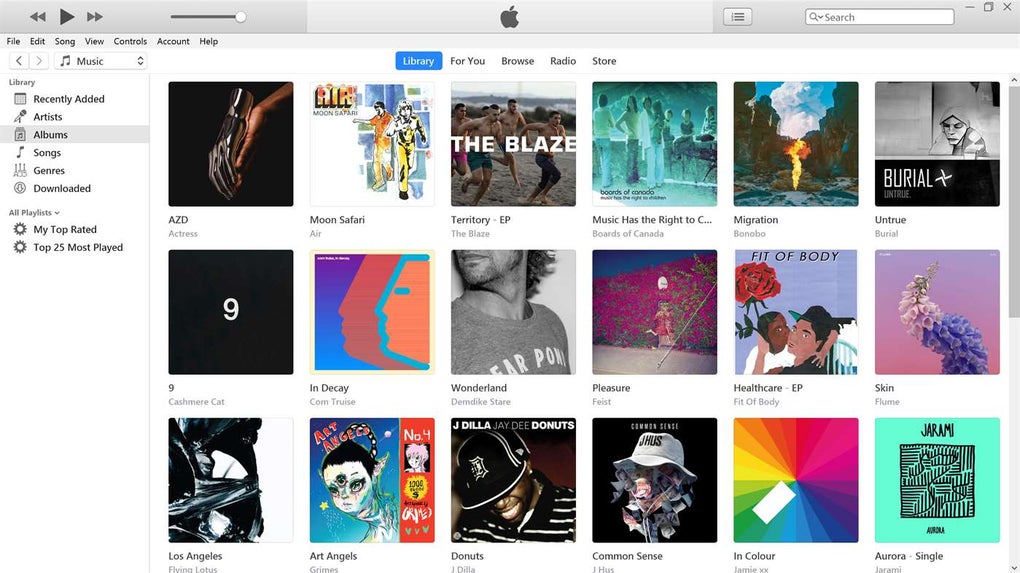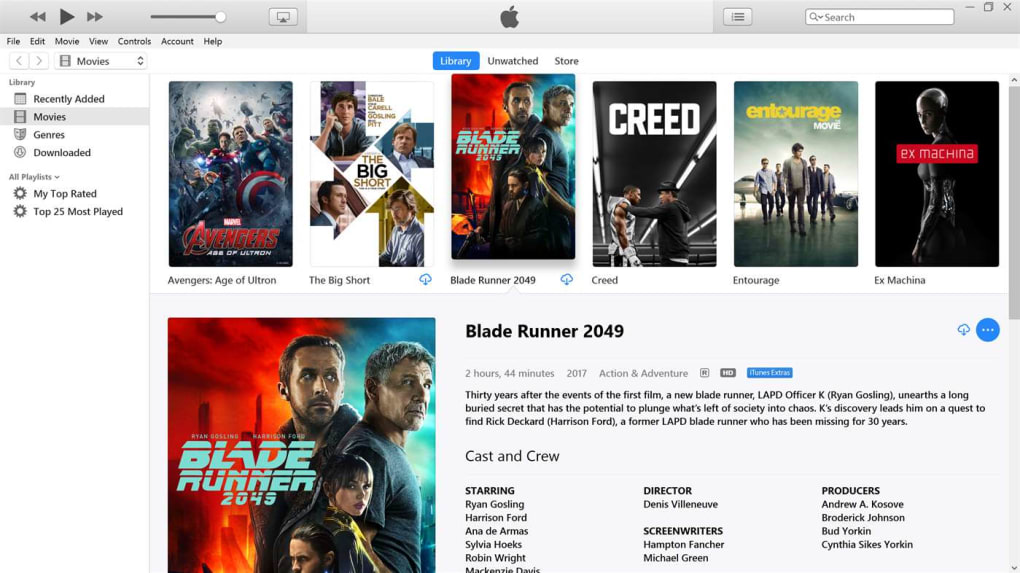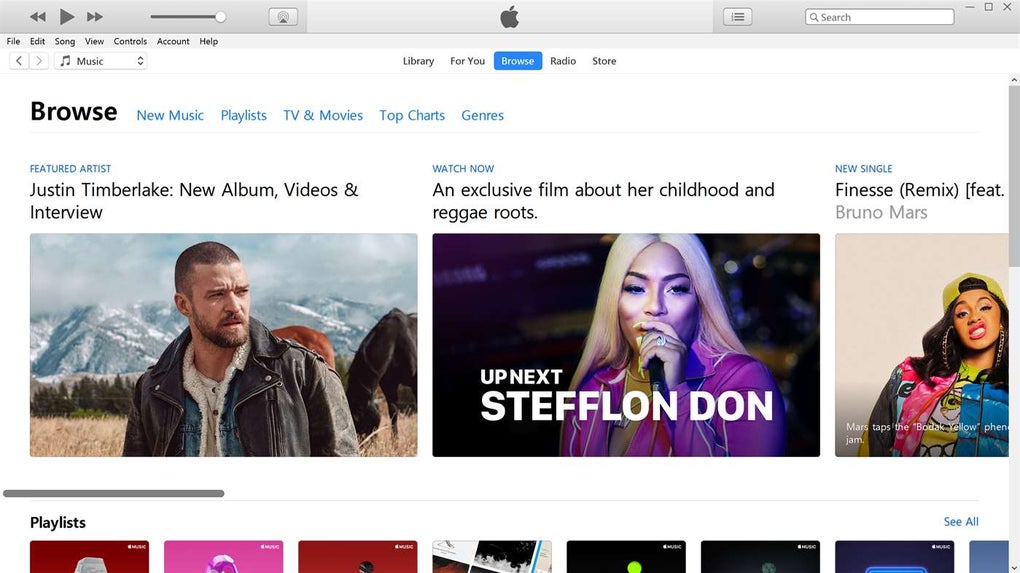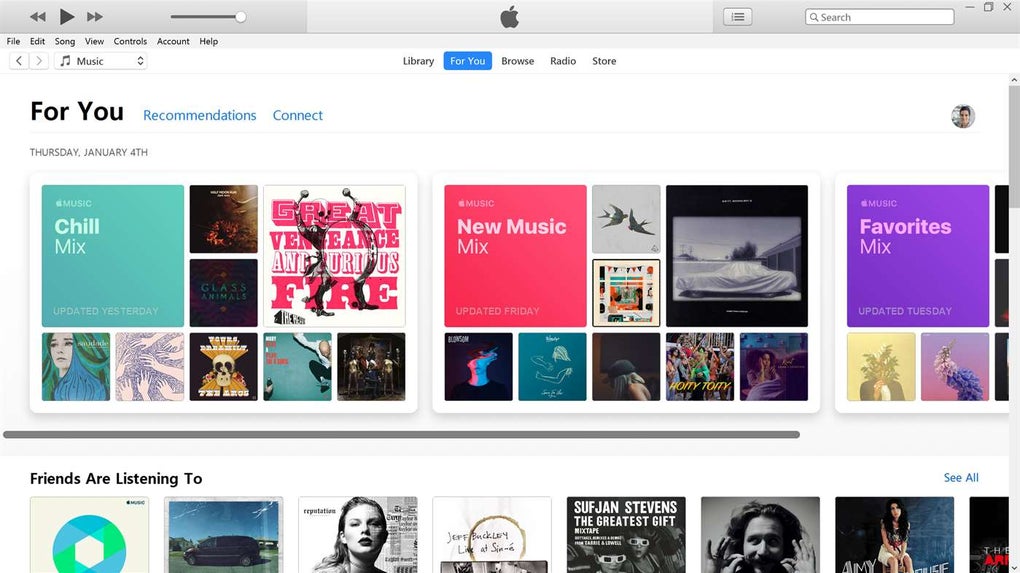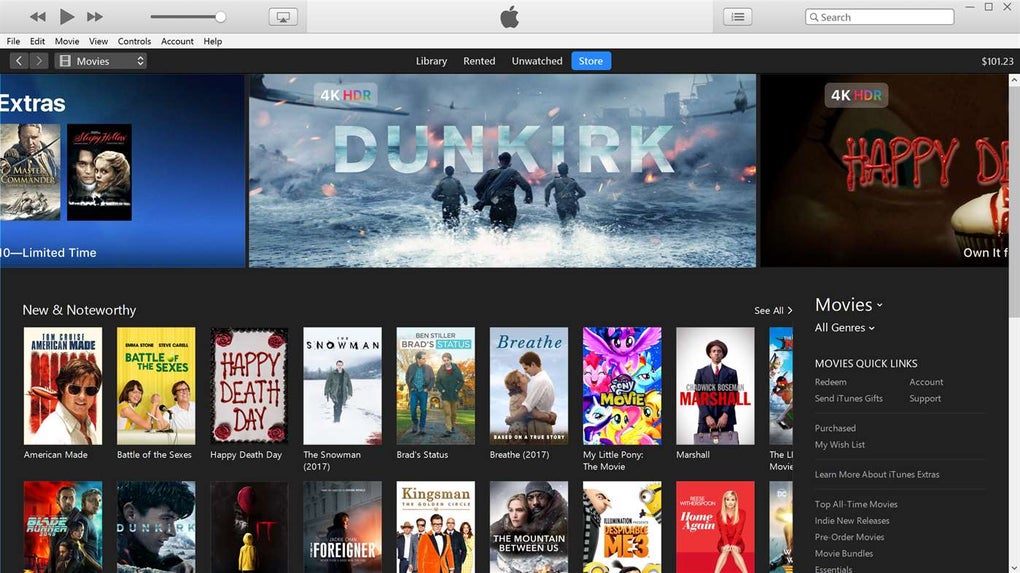What sets iTunes apart is its seamless integration within the Apple ecosystem, providing users with an all-in-one media management and playback solution. The multimedia software not only allows for meticulous organization of media files but also offers a user-friendly interface that makes navigation intuitive and efficient.
Over the years, iTunes has evolved to become much more than just a music player; it is now a comprehensive media hub. This adaptability and continual improvement have cemented iTunes as a cornerstone for media consumption on Apple devices, catering to both casual listeners and avid collectors who demand a robust and flexible platform.
Most users need iTunes for music—to organize and place albums and singles in the form of a library. iTunes, the default program for music on Apple devices, is a comprehensive platform for iOS devices and Macs. Users can choose to organize and play music by artist, song, or album. At the same time, customizing playlists is quite easy to do and maintain. Those using Apple rely heavily on iTunes for their music repository and more. The software has evolved lightyears from when it was first introduced in the early 2000s.
Essentially a media player, iTunes is an excellent program to organize all kinds of media. You can download and sort songs according to album, genre, name, and other options. You can also download movies from the iTunes Store and watch TV series and web series on Apple TV.
Customization is possible with the media, and you can edit, rename, or move files, and even change file format. With iTunes, users can shuffle songs to experience randomized playlists and boost their listening experience. While predominantly perceived as a music organizer, iTunes also has a vast library of e-books, podcasts, audiobooks, videos, and more. iTunes is ideal for storing audiobooks and organizing them properly. iTunes is also a great platform for movies and TV shows, and Apple has curated a wide range of content to make an extensive viewing library for users.
For Apple users, iTunes can sync on multiple devices, so you can maintain the iTunes library across devices. iTunes also now has a radio feature, which connects you to radio streaming channels from across the world, covering several genres, topics, and music preferences.
When it comes to organizing media, iTunes stands apart from any other alternatives. It is sleek and user-friendly. Users who have had to sift through messy folders for music, search for a particular song in a haystack of songs, and go through various scores to find the right genre will recall the joy of using iTunes. Even now, iTunes is the go-to music organizer for any Apple user, who has their entire media repository in this program.
iTunes is synced across all Apple devices, so you can access the music library from any other device. This makes for a more seamless experience. Also, in these days of online streaming, iTunes lets you own the music and videos that you download, so you do not need to depend on internet connectivity.
Features like shuffle are delightful in introducing forgotten songs and bring up some surprises that make the music experience unique and wonderful. iTunes is also now available on Windows 7, so the benefits are not restricted to Apple devices only. You can also access iTunes through the Microsoft Store. Another big advantage of iTunes is that device syncing is possible across various platforms.
Perhaps the biggest downside of iTunes is that it is restrictive in the media it can access. You have to purchase the content from the Apple store. While iTunes itself is free, most add-ons and new features require a paid subscription. Radio or video streaming also requires a paid subscription or pay-to-download.
Unless you have a large library of downloaded music, millennial listeners can go on any streaming app and get access to unlimited songs and music videos. Other music apps or even YouTube, which offers so much readily available free content for streaming, are fast becoming users' first pick. Music lovers do not need to download songs with streaming is available.
For video content, iTunes competes with streaming platforms like YouTube and paid subscription platforms like Amazon or Netflix, which provide much bigger libraries.
iTunes has several alternatives for different features. For music, there are online streaming Apps like Spotify, Amazon Music, or any localized music apps. For videos, the biggest competitor is YouTube. For movies and TV shows, there are streaming platforms like Netflix, Amazon Prime, Disney, etc.
There are three payment plans: Individual, Family, and University Student. The per-month charges depend on the region you are in. The plans give access to around 50 million songs for free, plus usage options. Individual plans can only be used by a single user, while family plans can be used by up to 6 people. The university student plan requires criteria verification. The plans give access to Apple TV and Apple Music as well.
iTunes Radio is also accessible under subscription. Apple Music has an extensive library of music from all over the world and all genres. You'll have access to some of the best podcasts and audiobooks in the world, which are exclusively available on Apple Music. Apple TV is a streaming platform, like Netflix or Prime Video, that offers a wide range of movies, TV shows, and web series.
iTunes is easy to use and great for sorting music according to artists, albums, genres, and songs. Even with no internet or net facility, it lets you access music on the device and offers personalized media options. It is the go-to library for users with a vast collection of music. With the Windows version, it now has a reach much wider than that of Apple loyalists. While streaming platforms have gained immense popularity, the program remains a leader when it comes to owned content and media organizations.
Version
12.12.5.8
License
Free
Platform
Windows
OS
Windows 8.1
Language
English
Downloads
5
Developer
Apple
